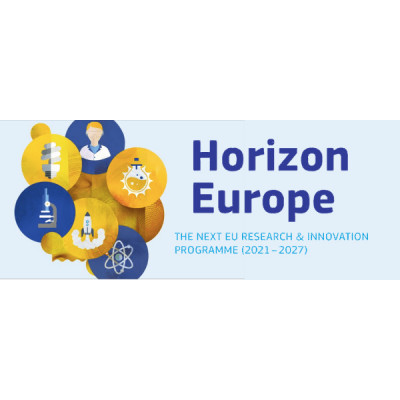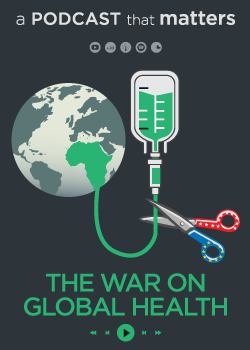Print

Bottom-up reconstruction of a Synthetic Erythrocyte: SynEry
Details
Locations:Belgium, France, Italy, Spain
Start Date:Apr 1, 2022
End Date:Mar 31, 2026
Contract value: EUR 3,292,827
Sectors: Health, Science & Innovation
Description
Programme(s):
HORIZON.3.1 - The European Innovation Council (EIC)
HORIZON.3.1.1 - The Pathfinder for Advanced Research
Topic(s): HORIZON-EIC-2021-PATHFINDEROPEN-01-01 - EIC Pathfinder Open 2021
Call for proposal: HORIZON-EIC-2021-PATHFINDEROPEN-01
Funding Scheme: HORIZON-AG - HORIZON Action Grant Budget-Based
Grant agreement ID: 101046894
Project description:
Artificial erythrocytes as blood substitutes
Blood transfusion is a common procedure that can save lives, yet it can be fatal if the appropriate controls are not in place. This highlights the need for a universal blood substitute, but the complex nature of blood components has hampered efforts so far. To address the unmet medical need of safe blood transfusions, the EIC-funded SynEry project proposes to generate synthetic erythrocytes using lipid vesicles. Researchers plan to mimic the erythrocyte cytoskeleton, its lipid asymmetry, functional proteins and response to the environment among others. Results will pave the way towards the synthesis of artificial cells with a long-term vision to develop an effective blood substitute.
Objective:
Blood is a precious and vital resource for many clinical interventions. Erythrocytes, its key component, are used to save thousands of lives every day worldwide. Yet, in low- and middle-income countries, its scarcity and unsafe control are endemic burdens that cost lives. In spite of several decades of attempts to develop a safe and universal blood substitute, this goal has yet to be achieved. Beyond the mere transport of gasses, erythrocytes have evolved together with their host organisms to perform very specialized functions. It is now clear that much of their complexity is indispensable to establish effective cardiovascular regulation. Yet, reproducing this complexity in a synthetic, functional facsimile is a challenging endeavour that requires new methods and multidisciplinary approaches. The ambitious goal of SynEry is to reproduce, in an advanced lipid vesicle, the following key features of erythrocytes: adequate lipid asymmetry with raft-like nanodomains; integration of essential functional proteins (both cytosolic and transmembrane) and a biomimetic cytoskeleton (conferring durability, flexibility and biconcavity); enhanced immune tolerability; responsivity to environmental cues (such as under deformation and hypoxia). These goals will be tackled by an interdisciplinary consortium bringing expertise on: droplet-based microfluidics combined with interfacial self-assembly of biofunctionalized nanoparticles (to build complex biomimetic membranes with ordered cytoskeletal nanodomains); DNA origami and self-assembling peptide technologies (to reconstruct a biomimetic cell cortex); and in-vivo testing models (to verify biocompatibility and functionality). The knowledge gained by producing a synthetic erythrocyte, is envisioned to enable the production of artificial cells with in-vivo applicability and it will pave the way towards the future development of an effective blood substitute that can remedy pervasive global blood availability and safety issues

